| Japanese March 15-18, 2006: Dear friends from Germany |
|
| Two old friends, Mr. Klaus and Ms. Kaeko,were traveling around Japan and dropped in my birthplace Tatsuno city this time. This was why I boarded on Diamond ferry boat from Nishi-Oita to Kobe. | |
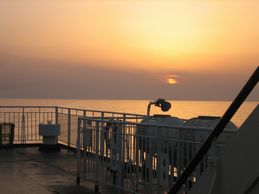 |
March 15: The sunset dyed the Seto Inland Sea islands
red. |
| arch 16: At 5:30 in the morning, the ferry arrived at Kobe Rokko port. The sky was still dark. | 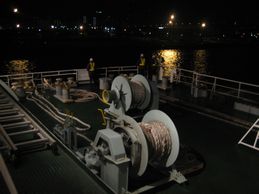 |
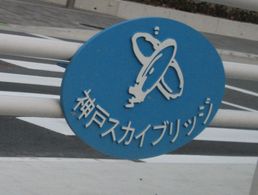 |
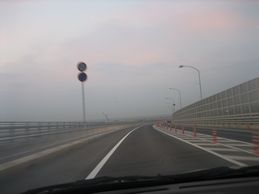 |
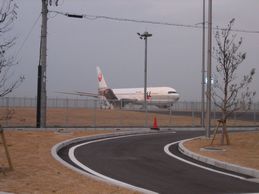 |
As it was so early in the morning and we had a plenty of time,we dropped in Kobe Airport newly opened on February 15. |
| Unfortunately, the visitor parking lot was closed today. We parked at the road and took some pictures quickly. The wind was very strong. | 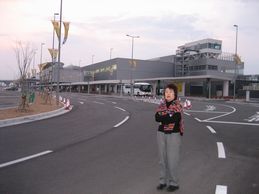 |
 |
We then came to Hotel Okura to take breakfast. |
| We waited for a while at the lobby for the restaurant open at seven. Pine tree painting by Ikuo Hirayama was very impressive. | 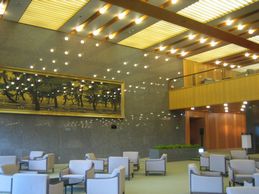 |
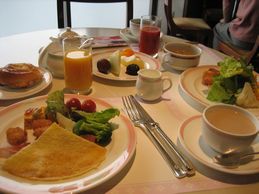 |
We took good dishes at last. The milk tea was very good. |
| We then headed to my mother's home in Tatsuno city. The old house welcomed me as usual and I felt relieved. | 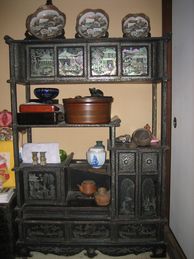 |
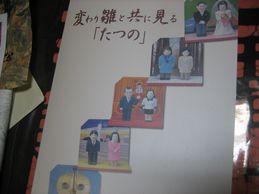 |
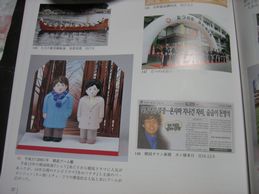 |
| Tatsuno city was merged to new Tatsuno city in last October according to the national merging guide. In commemoration with the merge, special Girls' Festival Doll exhibition was held in the city hall. | |
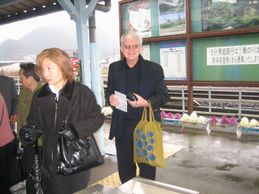 |
We then headed to Tatsuno railroad station to see Mr. Klaus and Ms. Kaeko. |
| Ms. Kaeko had visited the city to enjoy barnstorm Sumo wrestling. Their option was to visit a soy sauce factory in the city. My old mother reserved the tour to Higashimaru soy sauce factory. | 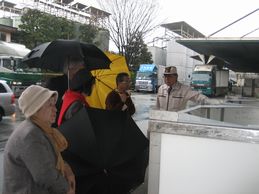 |
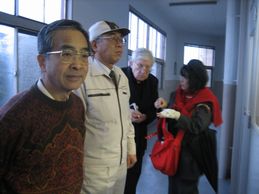 |
Just beside the factory had been my grandmother's house. The area was very dear old place for me. I remember I had once visited the factory in my school days. This time visit was also very good. |
| The large containers were filled with industrial salt sent from Akou. The salt powder was put into the huge tank to be dissolved by water. | 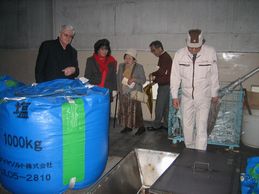 |
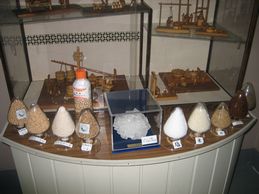 |
The ingredients of soy sauce. Good water of Ibo river, fresh salt from Akou,and wheat and rice cropped around here made wonderful soy sauce in this area. Higashimaru factory's foundation dates back to 1580. |
| The intermittent material of soy sauce is called "Moromi." Moromi is matured for a half year in the huge tanks. | 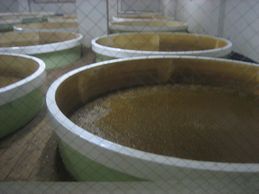 |
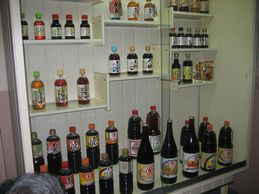 |
Mr. Klaus who loves Japanese food was interested in the making process of soy. There were many kinds of the soy products displayed on the shelf. |
| Powdered soy products. | 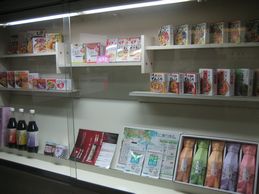 |
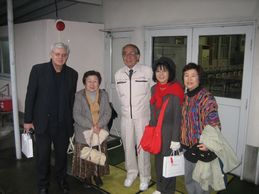 |
After the guided tour, we saw a movie that explained the soy making in detail. Mr., Fujiwara was a good guide today. |
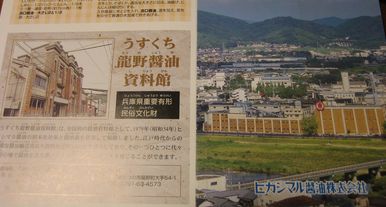 Factory's pamphlets. |
|
| Next, we visited soy museum nearby. The old building was made from red bricks. The director of the museum, Mr. Shouda, kindly guided us by himself. | 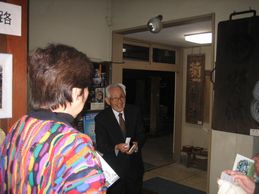 |
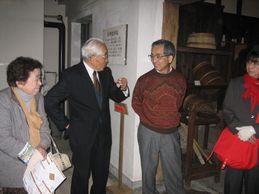 |
Old soy making tools and facilities make a good contrast with the automated modern factory we saw just before. |
| Restored soya shop. Mr. Klaus enjoyed the atmosphere of Edo Era. | 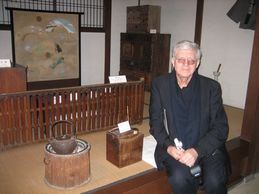 |
| All the old process were run by manual. Mr. Shouda performed barrel making process with a working song. (video) | |
| The museum was the headquarters of Higashimaru soy factory. The round window and old factory were very familiar scene for me. | 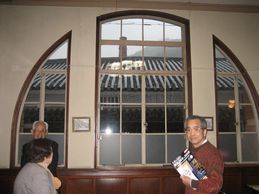 |
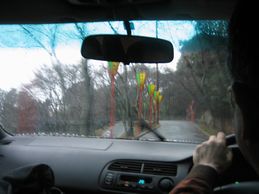 |
The factory guided tour was unexpectedly good. We then visited Tatsuno park in the spring storm. The Bonbori lanterns were already set for the coming cherry festival. |
| We stayed at Shingusou. | 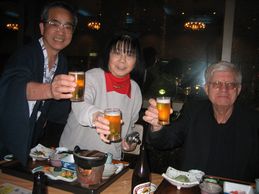 |
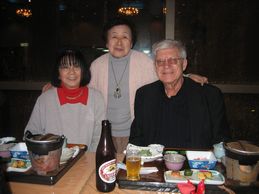 |
We enjoyed good food and pleasant talk when I visited Germany in 2001. |
| to be continued | |